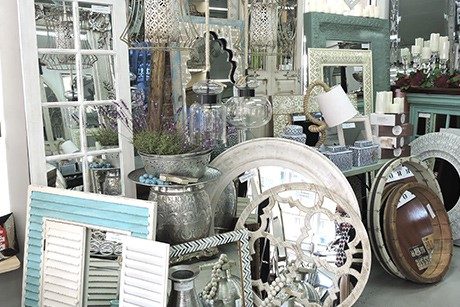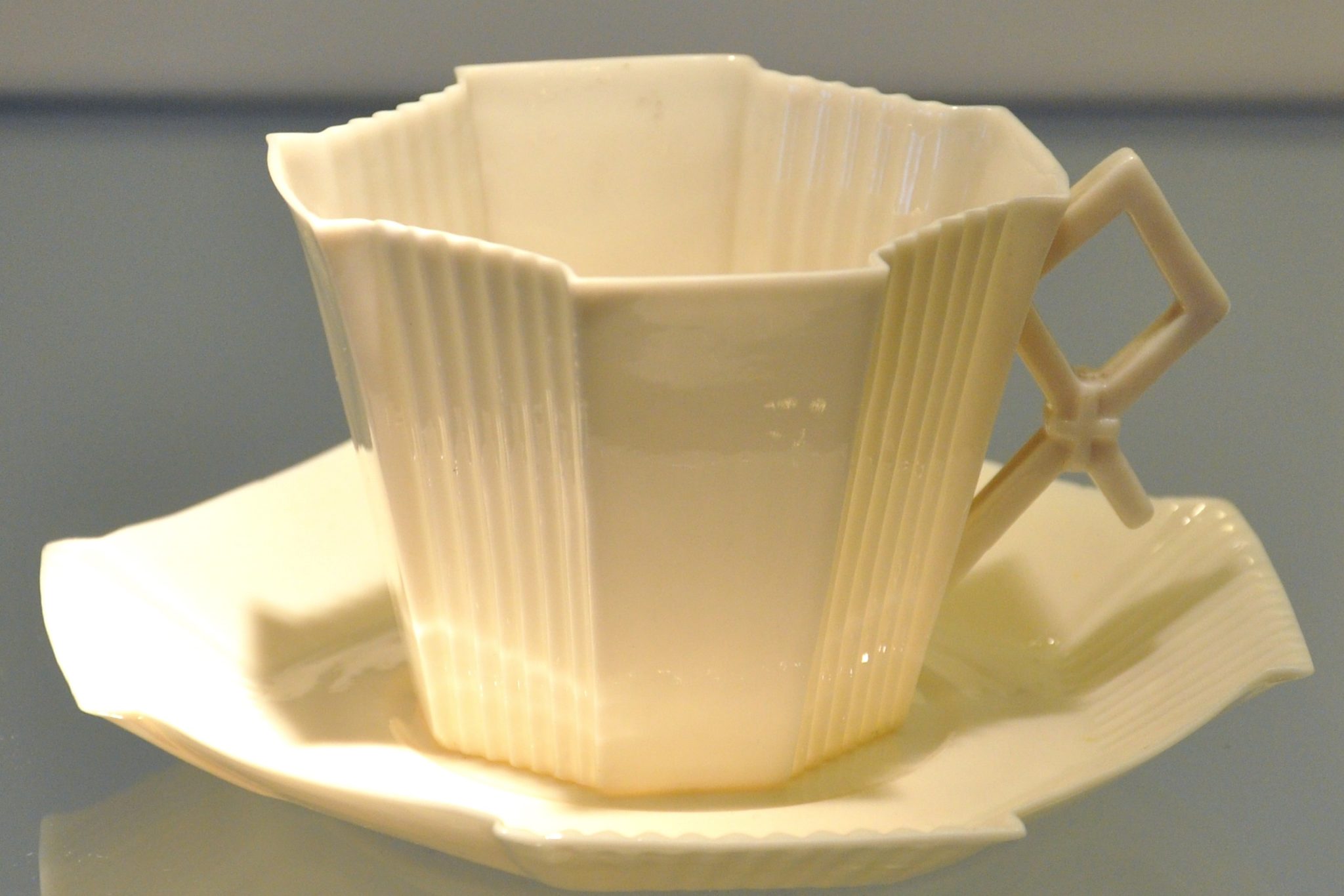If you are considering installing a lightning arrestor or conducting rod then you should speak to a qualified electrician in Sydney first. This will ensure that the arrestor is fitted properly and is effective. After all, there is no point going to the trouble to fit it and then finding it is ineffective as it hasn’t been done properly.
What Is A Lightning Arrestor
A lightning arrestor is a piece of metal attached to your house. It is usually situated at the top of the house, making it the highest point. This ensures the lightning hits it before it hits the house.
The metal rod is attached to a cable that goes down your home and into the ground. It effectively completes the circuit. When the lightning hits the rod the electrical current is sent straight into the ground, rendering it harmless.
There are several reasons why you may choose to fit a lightning arrestor.
Protect Electrical Appliances

Lightning happens when freezing water in the atmosphere starts to fall to earth and rubs against other small particles of ice. This creates a negative charge, much like static electricity. However, the rising warm air associated with storms also creates positive energy higher in the clouds.
The result is an electrical charge that moves between the two points, creating a lightning bolt. If it is close enough to your house it will hit and surge through your electronics as it finds the shortest route to the ground.
This surge is usually enough to damage any item plugged in. Although you should unplug items when not using them, if you are not there and unable to unplug the items they can easily be fried. An arrestor prevents this by directing the electrical charge away from your home.
Reduce Likelihood of Damage To Your property

Lightning doesn’t just pass through your electronics and damage them. It can also hit the roof of your house. The lightning bolt hits with a considerable shockwave, potentially causing a significant amount of damage to your home.
It can destroy roof tiles, be hot enough to ignite wood underneath or simply blast a hole straight through your roof, which causes you spent much expenditure on roofing materials again. You’ll then be facing a sizeable repair bill and the rain that accompanies a thunder and lightning storm.
Avoid Power Outages
The lightning strike won’t just damage your adorable electronics, which you might buy from any online store with great eagerness. It can pass through the supply wires and find another route to the ground. Unfortunately, the high voltage charge will overcome the supply charge but the resistance can damage the supply lines. This can then leave you without power.
How long it takes to repair will depend on the amount of damage the storm has caused. The damage caused can be significant yet installing a lightning arrestor is very simple and surprisingly low budget. It’s a worthwhile investment and something you should be talking to the specialists about today. After all, you never know when the next storm will hit, the meteorology department doesn’t often know either!
Read Also:






















